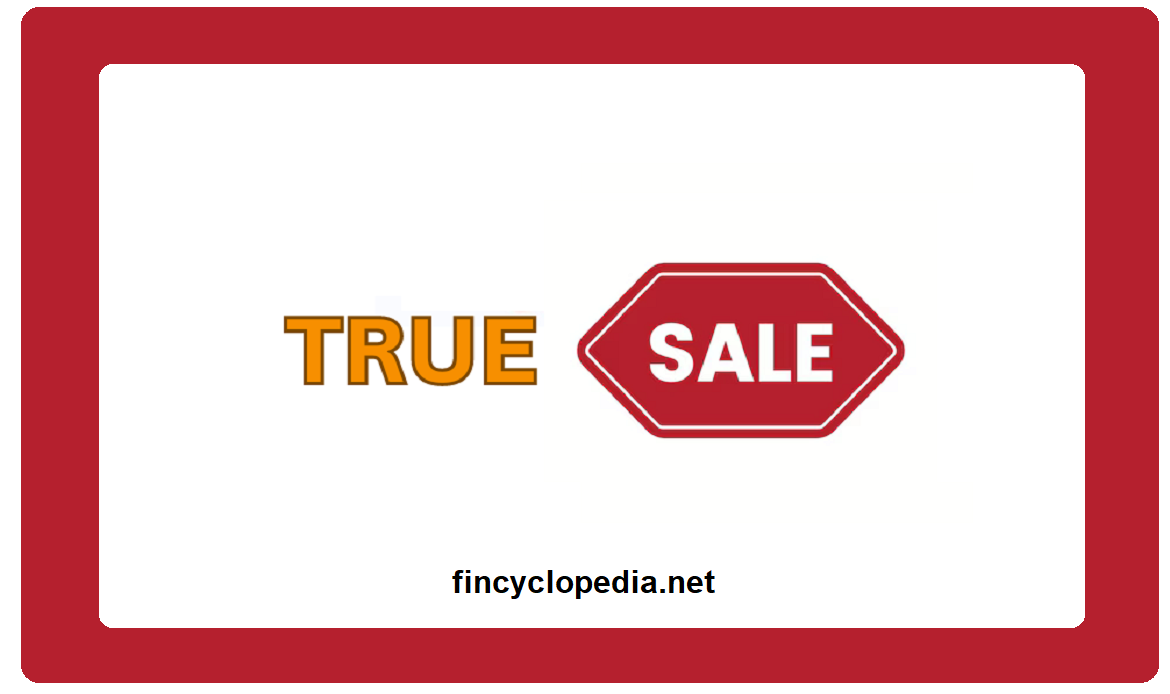A type of assets that has physical substance and property, such as inventory items, buildings, manufacturing equipment or machinery, and office furniture (generally, PPE). Tangible assets appears (and are reported) on an entity’s balance sheet (statement of financial position) under different categories or main items.
Tangible assets consist of fixed assets (machinery, office equipment and buildings used by an entity) and materials (inventory for own use) that are used in producing goods/ services (collectively, part of current assets). Tangible assets are used as a determinant of the tangibility ratio (the ratio of tangible assets to total assets of an entity).
These assets are the opposite of intangible assets: the non-physical assets on a entity’s balance sheet, such as goodwill, intellectual property or licenses.
Tangible assets (or tangibles) are known for short as TAN. TAN may also denote tangibility ratio.





